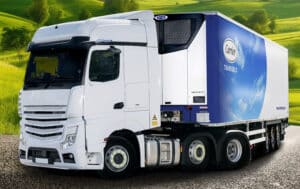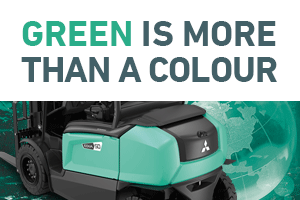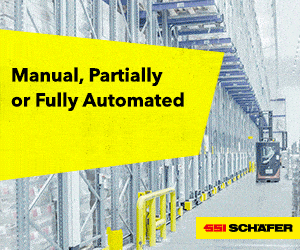For warehouse and factory operators who want to combine the highest levels of insulation with the greatest speed and reliability, insulated roller shutter doors are quickly becoming the technology of choice. Nick Cox of sara LBS explores the latest technologies available and explains why they are steadily superseding the more traditional door solutions.
The variability of the British climate has never been more clearly demonstrated than last year. The summer pushed records for sunshine amounts and saw temperatures rise well above 30°C as the UK sizzled in a heat wave the like of which had not been seen since 1976. This was coupled with the ‘Beast from the East’ and winter lows just a few months beforehand that fell into the 20s below zero in more exposed parts. Such weather makes you begin to appreciate the value of effective insulation!
While for the most part British people naturally tend to think of keeping the heat in and the cold at bay, in the working environment it is often the other way around. Many industrial processes, such as those involving food storage, require cool working environments to control bacterial growth. Thus the internal temperature is likely to be lower than the ambient temperature outside and the need is to prevent heat from entering the building.
In fact, the same can be the case with offices and other non-industrial working environments. The presence of computers and other equipment that emit heat, coupled with people’s warm bodies mean many offices have a cooling requirement rather than a heating one (even in winter for larger buildings). Such buildings may have a loading bay or large doors to allow entry for supplies such as catering, desks, maintenance equipment etc, which will require consideration for thermal management.
HUGE OPENINGS
Thus, in many working environments, huge openings are often required at the interface to warehouses, factories, offices, hospitals, etc to accommodate loading and unloading of goods. Maintaining a constant temperature to provide stable conditions for workers and products alike can be a particular challenge. Yet it wasn’t so long ago that an un-insulated steel door was all the protection that was provided.
Today, those sorts of products are only suitable as doors on unheated buildings, as internal doors or as secondary external security exits, such as those fitted to shop fronts. More stringent and prescriptive energy code requirements mean that most facilities must meet a defined thermal performance, unless they qualify as low energy buildings.
In terms of the loading bay doors at the warehouse or factory interface, these requirements are most often met today with insulated sectional overhead doors. These are relatively inexpensive to purchase and offer excellent pressure sealing and thermal insulation. However, the sectional door is slow in operation and has many moving parts which can have long term maintenance implications.
For these reasons, factory and warehouse operators are increasingly turning to insulated roller shutter doors. While the initial outlay can be more expensive, this can be quickly recouped through improved performance and more reliable operation over the life time of the door.












